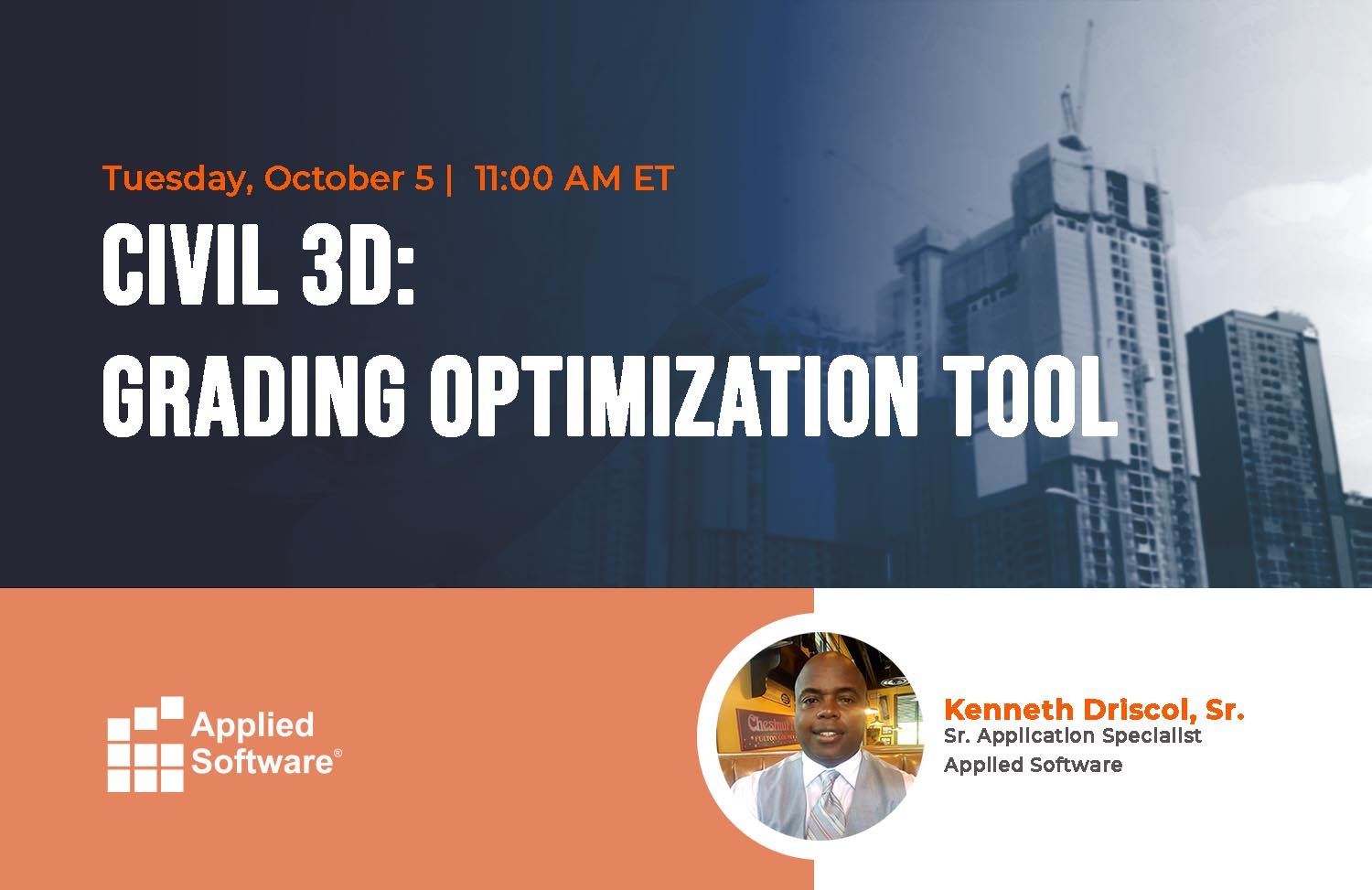

The tool will run through tens of thousands of iterations, attempting to meet the constraints and objectives. The constraints and objectives are combined, prioritized, and opened in the Grading Optimization tool. Common objectives include analyzing aspects like terrain smoothness, balancing cut and fill, and total earthwork volume. The constraints are then applied to optimization objectives that measure the finished surface’s feasibility (e.g., cost). Using this tool, designers apply these constraints within the site: In Grading Optimization, designers can analyze a site or subdivision layout with optimization constraints like grading limits, elevations, and minimum/maximum slopes.

All told, this process can take days or weeks and cost project owners time and money.Įnter the Grading Optimization tool, debuting in the Architecture Engineering & Construction (AEC) Collection of Autodesk Civil 3D 2022. Engineers know it takes time to address each project’s unique grading constraints, and it’s not uncommon to create multiple grading plan iterations during design to arrive at an optimal solution. As designers, we work around cut/fill slope constraints, ADA requirements, and minimum and maximum grades that all require grading.


 0 kommentar(er)
0 kommentar(er)
